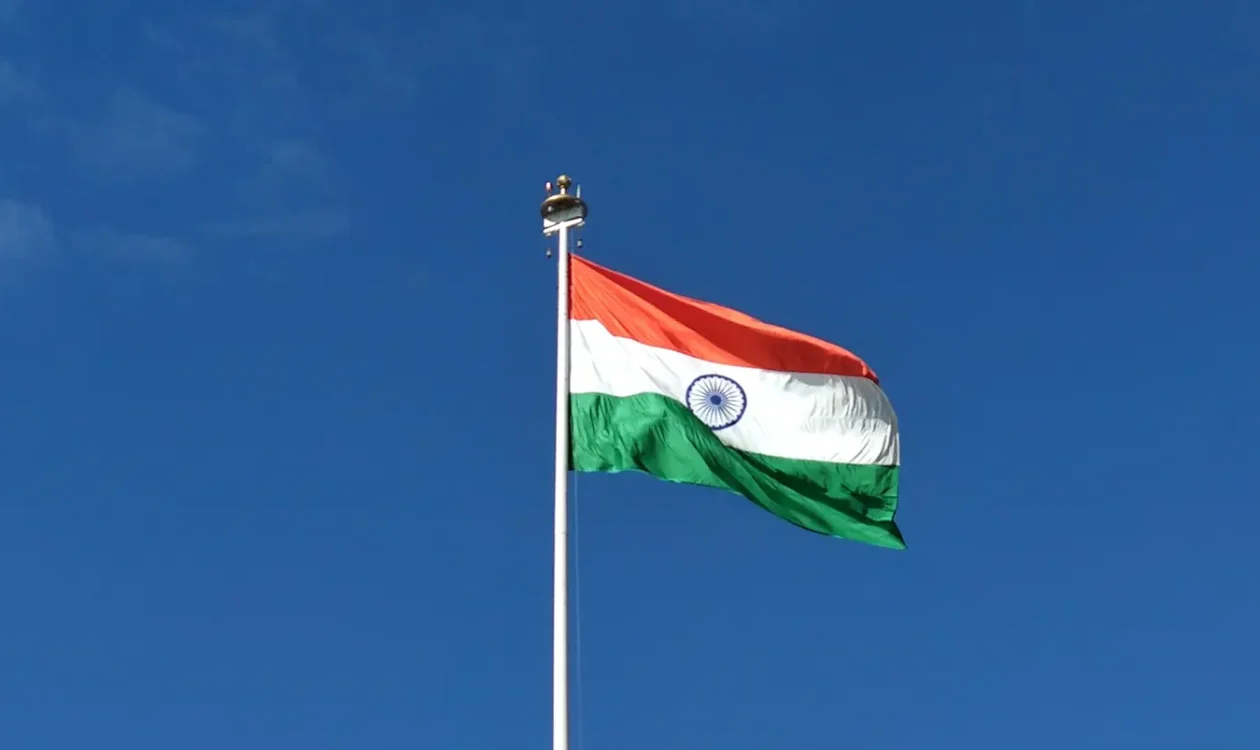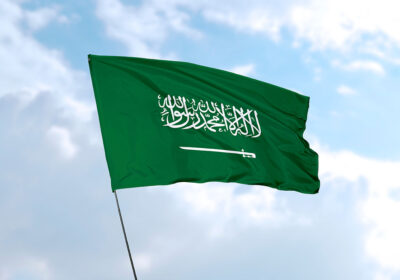ESL & Network et Antidox sont heureux d’avoir convenu un partenariat avec The Ambassador Partnership, cabinet de conseil britannique réputé, et composé d’anciens ambassadeurs spécialistes de la résolution de conflits et experts en risques politiques (www.ambassadorllp.com).
In the West we are getting used to a new India – different from the one to which we have been accustomed.
The consecration with much fanfare of the Ram Temple in Ayodhya on 22 January was the most recent example of the trend under Prime minister Modi towards a Hindu supremacist India – away from the secular state espoused by the Nehru-Gandhi dynasty and its political vehicle, the Congress Party.
Ayodhya is seen by many Hindus as the birthplace of the Hindu God Ram. It was also the site of the Babri Masjid, a 16th century mosque built at the beginning of Mughal rule. It is a common Hindu belief that the mosque was built on the ruins of a Hindu Temple. In 1992, the mosque was destroyed by Hindu hardliners. This action sparked widespread violence resulting in about 2 000 deaths. In 2019, to the dismay of India’s Muslim minority, the Supreme court ruled that the new temple could be built on the contested site.
When India comes to mind in the West – particularly the Anglosphere, it broadly conjures up three images.
The first is still valid but dated: the Commonwealth, cricket, the bling of Bollywood and Indian weddings, poverty and people – lots of them.
The second, marked since the beginning of this century, includes one of economic growth, technological capacity, and increased competence, of an important diaspora, and of a country which shares our concerns about China.
The third, still emerging but increasingly vivid, image contains currents of strong nationalism, even nativism, which appeals to many Indians both at home and in the diasporas.
These currents are promoted strongly by the Rashtryia Swayamsevak Singh (RSS) the right- wing Hindu organization (a member of which was responsible for the assassination of Mahatma Gandhi) which provides ideological sustenance to the ruling BJP.
The RSS concept of government involves an illiberal state which controls key institutions such as the media, the judiciary and the election commission.
Mr Modi himself is a Hindu supremacist whose government largely ignores the aspirations of Muslims and other minorities. When we in the West talk of shared democratic values we have in mind a secular liberal democracy. This is an entirely different thing from the illiberal democracy which is Mr Modi’s objective.
The revelations late last year of Indian government involvement in the assassination in Vancouver of a Sikh separatist – and in a conspiracy to murder another in New York – may turn out to be what those in the diplomatic business call “manageable.”
The United States and others in the West need a relationship with India in working order.
But the revelations raise questions about how we and others in the West should now regard our partnerships with India.
State sanctioned killings happen. For one, the United States has assassinated enemies in third countries, notably Osama bin Laden in Pakistan and the Iranian Revolutionary Guard Commander, Qassem Soleimani, in Iraq.
However, the alleged actions by India are of a different order. India may see the targets as terrorists. The United States, Canada and others do not. The victim in Vancouver was a Canadian citizen. The target in New York had both US and Canadian citizenship. To plot to kill citizens of a friendly country, particularly a powerful one, in that country, is imprudent.
India’s actions, if substantiated, will resemble Mr Putin’s methodology in dealing with adversaries.
Another aspect of this third image is of an India which is flexing its international muscles.
This has been most apparent in South Asia where India is dominant.
For example, when Mr Modi opened a new parliament building in New Delhi in May last year, he unveiled a mural map which had India stretching from Pakistan to Bangladesh and which included Nepal and Bhutan. This was a representation of Akhand Bharat – a Hindu conceptualization and ideological goal of an undivided India. The map drew predictably strong protests from Pakistan but also anxious questioning from Bangladesh and Nepal.
According to Indian media sources, India’s boisterous nationalism has been manifested in the preparedness of its intelligence agencies to leak information about their own exploits. This is unusual in that world. It suggests excessive hubris.
The events involving Indian diasporas which take place when Mr Modi visits another country are designed not only to be played back into India as a sign of his popularity, but as an indication of the international respect in which India is now held. Most Western politicians – not oblivious to the Indian vote in their constituencies – are eager participants.
Mr Modi has also sought to use his chairmanship of the G20 last year and India’s prominence in the Global South and the BRICS as avenues for extending India’s global influence.
A strong India is in the Western interest but let us be clear in our own mind about with whom we are dealing.
The proximity with India pursued by both the United States and other Western countries has been premised not only on China – driven strategic congruence. It has also been premised on similar concepts of democracy and governance.
This was the clear view of the Bush administration when it concluded the so-called nuclear deal with India in 2008.
The deal involved American agreement to assist India’s civil nuclear development despite India’s not being a signatory to the Nuclear Non-Proliferation treaty. The deal was the turning point in the United States-India security relationship.
Some of the strategic affinity between India and the West has diminished with India’s different approach on Ukraine. But a further problem, which the United States and others now have with India, is that the democratic solder, which was a factor in our relationships with it, has also become more brittle.
It is to the good that India’s old image of cricket, the Commonwealth and bling is fading. Some aspects of what is taking its place are not an unalloyed blessing.
Publié dans The Ambassador Partnership, le 15 février 2024






